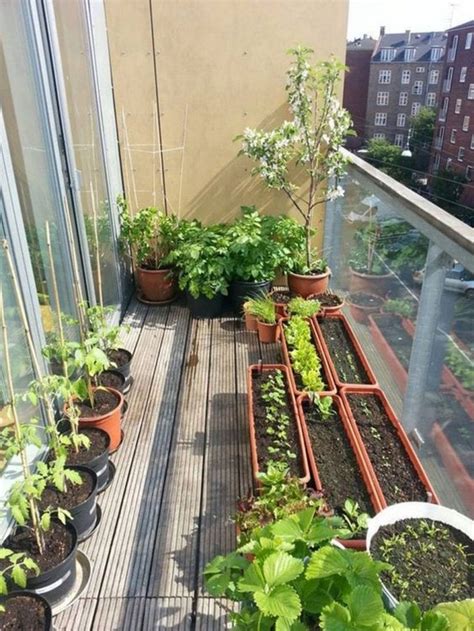Top Tips for Growing Vegetables on Your Balcony: A Comprehensive Guide
Urban gardening has surged in popularity, offering city dwellers the opportunity to enjoy fresh, homegrown vegetables. For those with limited space, balconies offer an ideal solution for growing a wide variety of vegetables. This guide will help you understand the essentials of cultivating a thriving balcony garden, from selecting containers to managing sunlight and soil. You’ll also learn tips for maximizing growth and minimizing common challenges, making it easier than ever to grow your own tomatoes, peppers, and other vegetables.
Key Concepts for Successful Balcony Gardening
- Containers: The right type of container is crucial for root health and overall plant growth.
- Sunlight: Ensuring your plants receive adequate sunlight is essential, especially in an urban setting where sunlight can be blocked.
- Soil: A nutrient-rich, well-draining soil mix is key to healthy plants.
- Watering: Proper watering techniques can prevent overwatering and underwatering, both of which can damage plants.
Historical Context: Urban Gardening Evolution
The concept of growing food in small urban spaces isn’t new. Victory gardens during World War II encouraged citizens to grow vegetables at home, including on balconies and rooftops. The modern rise in balcony gardening ties into the larger trend of urban sustainability, as more people aim to reduce their carbon footprint by growing food locally.
Current State Analysis: Challenges and Opportunities
Balcony gardening today offers new challenges and opportunities. The biggest challenge is often the limited amount of sunlight balconies receive, particularly in densely populated areas. On the other hand, new technologies in container design, soil blends, and automated watering systems make balcony gardening more accessible than ever before.
Practical Applications for Balcony Gardens
Choosing the right crops is critical for successful balcony gardening. Tomatoes, peppers, and herbs are excellent choices due to their adaptability to containers and their need for ample sunlight. Consider the following tips:
- Pick compact varieties of tomatoes and peppers that thrive in containers.
- Use self-watering containers to reduce maintenance.
- Ensure plants are positioned to receive at least six hours of direct sunlight daily.
Case Studies: Real-World Balcony Gardens
| City | Crops Grown | Challenges Faced | Solutions Implemented |
|---|---|---|---|
| New York | Tomatoes, Basil | Limited Sunlight | Used reflective surfaces to increase sunlight exposure. |
| Paris | Peppers, Lettuce | Windy Conditions | Installed windbreaks and used sturdier containers. |
Stakeholder Analysis
Balcony gardening involves various stakeholders, from the gardener to neighbors who may be affected by runoff water or obstructed sunlight. Building management and local regulations may also impact what is permissible in terms of container weight, design, and placement.
Implementation Guidelines
- Choose containers that provide good drainage and are large enough to support root growth.
- Select crops that match the amount of available sunlight and the microclimate of your balcony.
- Use high-quality soil and compost to ensure plants receive the nutrients they need.
- Set up a regular watering schedule to avoid over or underwatering, using self-watering systems if necessary.
Ethical Considerations
While balcony gardening is sustainable and reduces reliance on store-bought vegetables, ethical considerations include ensuring the use of environmentally friendly materials, such as biodegradable containers and organic fertilizers. Additionally, gardeners should be mindful of water conservation.
Limitations and Future Research
One limitation of balcony gardening is the restricted space available for larger crops or root vegetables. Future research could focus on vertical gardening techniques or the development of more compact plant varieties suitable for small spaces. Exploring how technology, such as smart sensors, can optimize water and nutrient delivery is also an area for future growth.
Expert Commentary
Experts agree that balcony gardening offers a practical, rewarding way to grow food in urban settings. However, they also stress the importance of proper planning and ongoing care. With innovations in container design and smart gardening tools, the potential for balcony gardens to contribute to food security and sustainability is growing. Still, gardeners need to be aware of the environmental impact of their gardening choices, especially when it comes to water use and materials.


